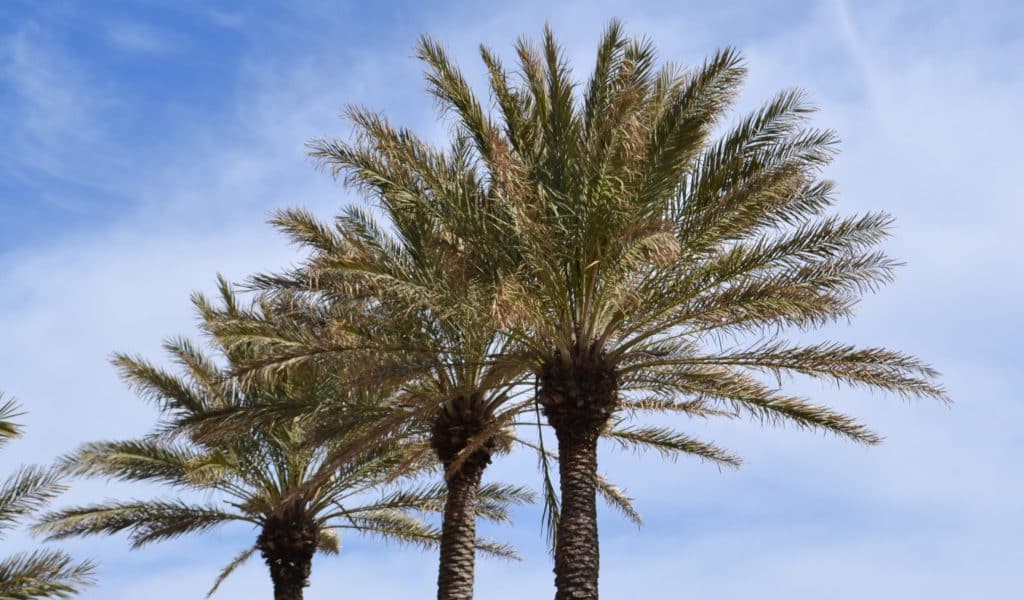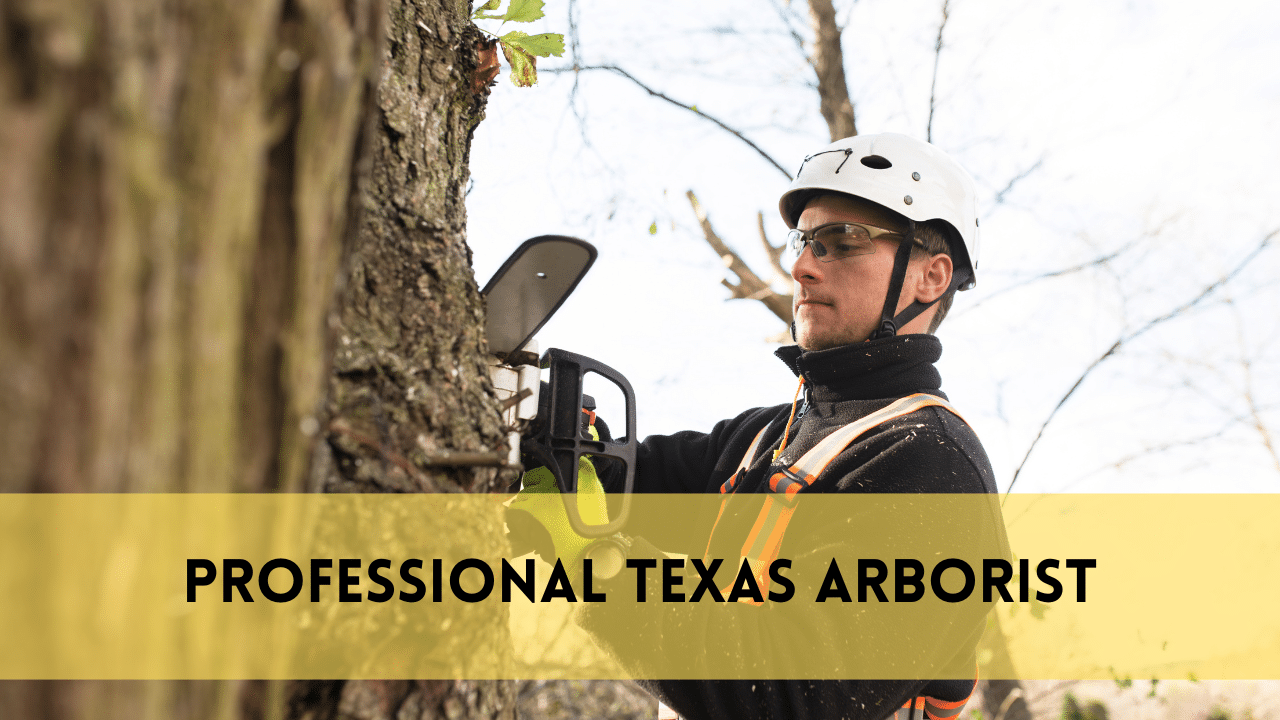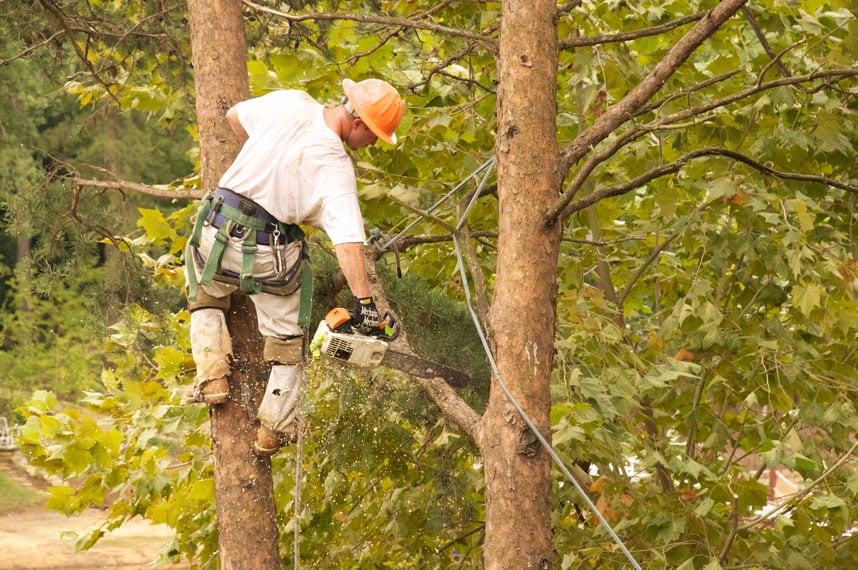Palm trees freeze
Palm trees serve as distinctive icons of tropical splendor in Sugarland’s verdant surroundings. Despite their affinity with warm areas, these beautiful trees are not immune to Mother Nature’s whims. When frigid temperatures unexpectedly sweep through the region, palm trees suffer danger. Understanding the complex consequences of cold stress on these floral gems is critical for both homeowners and arborists. Palm plants can experience a variety of negative repercussions when temperatures drop, including frost damage, restricted development, and root injury. This article delves into the complex ways that freezing temperatures affect palm palms, examining both short-term symptoms and long-term consequences. By understanding the vulnerabilities of these treasured trees and taking preventive actions, we can protect Sugarland’s palm tree population, ensuring its resilience and continued contribution to the area’s dynamic landscape.
Palm trees freeze
Understanding Palm Tree Freeze
Palm tree freeze occurs when temperatures fall below the palm trees’ cold tolerance levels, causing damage or death. Understanding palm tree freeze requires knowledge of the components that contribute to freeze damage, such as the palm species, the duration of exposure to freezing temperatures, and the tree’s health. Palm species vary in their cold tolerance, with some being more resistant to freezing conditions than others. Furthermore, soil moisture, humidity levels, and wind conditions can all have an impact on how severe frost damage occurs. Understanding these characteristics allows palm tree owners to take proactive steps to protect their trees from cold weather and reduce the danger of freeze damage Proper care and maintenance, along with timely protective measures, are essential for preserving the health and beauty of palm trees in freezing conditions.
Effects of Freezing Temperatures on Palm Trees:
Palm trees are vulnerable to frost damage when temperatures drop below freezing. Frost can accumulate on vegetation when temperatures drop below freezing. This can cause the leaves to brown or blacken, giving the tree a burned look. Furthermore, Extended frost exposure can cause the tree to weaken and become more susceptible to diseases and pests.

Freezing temperatures can damage palm fronds, which are crucial for the tree’s health and appearance. When exposed to cold, fronds may become limp or droopy, and persistent freezing temperatures can lead them to wilt or even die. Dead or damaged fronds not only ruin the tree’s appearance but also impair its capacity to photosynthesize and thrive.Extreme cold can impede the growth of palm trees, especially young or newly planted ones. Freezing temperatures can disrupt the tree’s metabolic processes, inhibiting growth and development. This can have long-term effects on the tree’s overall health and vigor, perhaps impairing its ability to survive future environmental challenges. Palm trees are typically associated with warm climes, but freezing temperatures can still cause root damage. Cold soil can cause root injury or death, reducing the tree’s ability to absorb water and nutrients. This can result in leaf wilting or yellowing, as well as a general deterioration in the tree’s health.
Even if a palm tree survives a freeze, it may still suffer long-term consequences. Damage caused by freezing conditions can weaken the tree’s defenses, making it more vulnerable to pests, illnesses, and future freeze events. Furthermore, prolonged exposure to cold stress can gradually reduce the tree’s health and vigor over time.
To protect palm trees from freezing temperatures:
A layer of organic mulch around the palm tree’s base insulates soil and protects roots from cold temperatures. Mulch also helps to retain moisture and regulate soil temperature, resulting in a more friendly environment for tree roots. Keep the soil around the palm tree regularly moist because it absorbs more heat than dry dirt. Watering the tree before it freezes can help it stay hydrated and minimize frost damage.
To offer warmth, install outdoor heat lamps, string lights, or even incandescent bulbs near the palm tree. To avoid fire threats, exercise caution when using electrical devices and adhere to safety requirements. Set up temporary windbreaks or barriers around the palm tree to protect it from cold, dry winds that might cause frost damage. Taking these procedures will help protect palm trees from freezing conditions and reduce the danger of cold-related injuries.
Best Practices for Cold Weather Palm Tree Care
When it comes to care for palm trees in cold weather, numerous recommended practices can help reduce the danger of freeze damage and keep the trees healthy and vibrant. One of the most important procedures is to ensure that the palm trees are adequately protected from freezing temperatures. To protect the trees from frost and cold winds, they may be covered in blankets, burlap, or frost cloth. Additionally, watering the trees carefully before a cold spell can help insulate the roots and avoid dehydration, which makes them more vulnerable to freeze damage. It is also critical to avoid pruning or fertilizing the trees during the winter months since this might stimulate new growth that is more sensitive to cold temperatures. Finally, monitoring weather forecasts and implementing preventive steps, such as mulching around the trees’ bases, can help protect palm trees from the harmful effects of cold weather.
Related Posts:
Q: How can I tell whether my palm tree has suffered from freezing damage?
A: Signs of freeze damage in palm palms include dark or blackened fronds, withering or drooping foliage, and soft or mushy trunks. It is critical to analyze the amount of harm and take no action necessary to assist the tree in healing.
Q: What should I do if my palm tree is injured due to freezing temperatures?
A: If your palm tree has suffered freeze damage, you must provide quick treatment to help it recover. This could include cutting damaged fronds, providing enough water and nutrients, and insulating the tree from future cold exposure.
Q: How can I safeguard my palm plants from freezing temperatures?
A: To protect palm trees from freezing conditions, wrap them in blankets, burlap, or frost cloth, water them thoroughly before a cold period, and refrain from pruning or fertilizing them throughout the winter. Furthermore, spreading mulch around the base of the trees can help insulate the roots and protect them from cold.
Q: Can palm trees withstand freezing temperatures?
A: While certain palm tree species are more cold-tolerant than others, most palm trees are not designed to tolerate prolonged exposure to freezing temperatures. However, with proper care and shelter, many palm plants can withstand brief cold spells.
Conclusion
Finally, keeping palm trees from freezing temperatures is critical for their health and lifespan, especially in areas prone to cold weather. Palm tree owners may help protect their trees from the damaging effects of frost and low temperatures by knowing the risks associated with freeze damage and applying recommended practices for cold weather maintenance. Proactive actions such as covering, watering, and mulching can considerably reduce the danger of frost damage and improve palm tree resilience over the winter. Furthermore, staying watchful for indicators of frost damage and providing timely care when necessary will help with recovery and maintain the overall health of palm trees.





